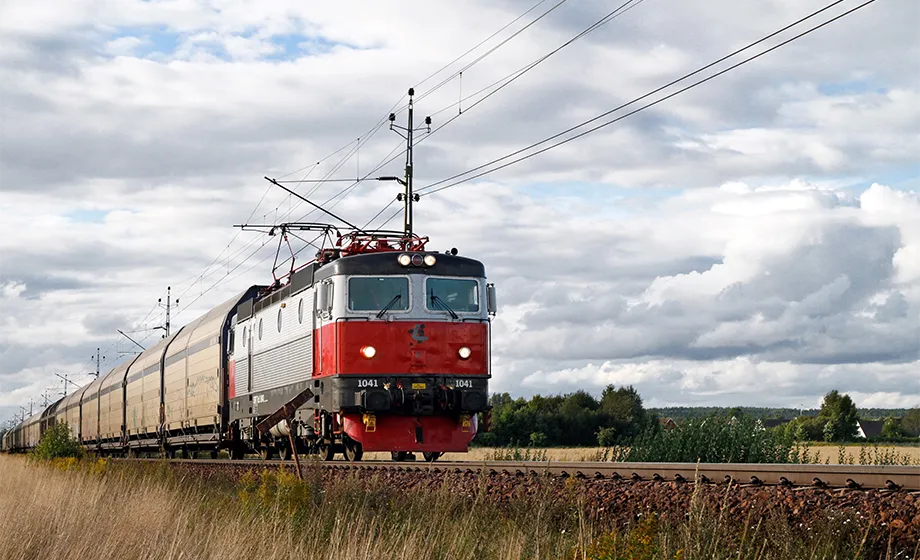New web platform accelerates greener freight transport

A web platform developed by researchers at KTH, among others, will facilitate planning and logistics for transporting goods by rail.
The platform was launched by the EU-funded project European Shift Enable Portal for Freight, ESEP4Freight, coordinated by researchers at KTH. The new web platform is designed to make intermodal rail transport more accessible, transparent and competitive throughout Europe.
"The aim is to make it easier for more people to use railways to transport their goods in Europe. We want to offer an easily accessible open platform for anyone interested in finding more environmentally friendly and efficient transport solutions for their goods, says KTH researcher Ingrid Nordmark .
She and three colleagues from the Department of Transport Planning have been working on developing the recently launched web platform for two years, together with participants from eight other European organisations. At the heart of the platform is an interactive map that shows intermodal terminals and helps users plan routes primarily by rail, with the possibility of integrating available barge connections. Road transport is only considered for the first and last mile.
"Facilitating the shift from road to rail transport is a very important issue for us," Nordmark says.
The platform, which is free to use, is aimed at logistics providers, goods owners, terminal operators, authorities and researchers, and offers practical tools for identifying greener and more efficient transport solutions for freight traffic. Now, Nordmark and her fellow reserchers are looking forward to more people starting to use the platform.
"We would like to work with more user cases and further develop the platform, for example by improving the level of detail at the national level," Nordmark says.
Jon Lindhe ( jlindhe@kth.se )
